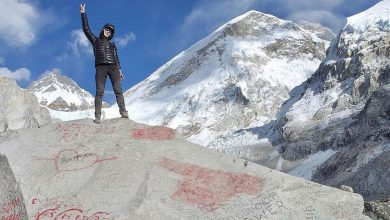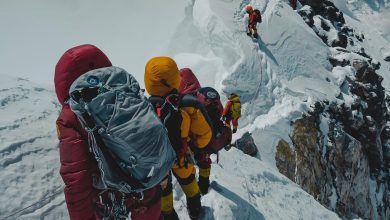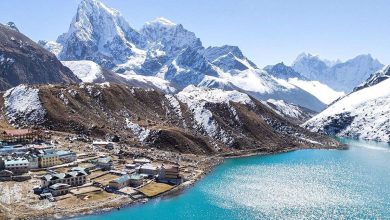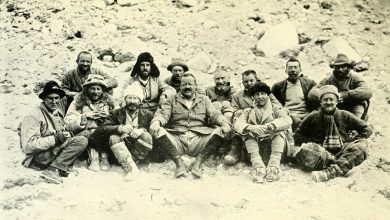Malaysian Police Died While Climbing Mt. Everest
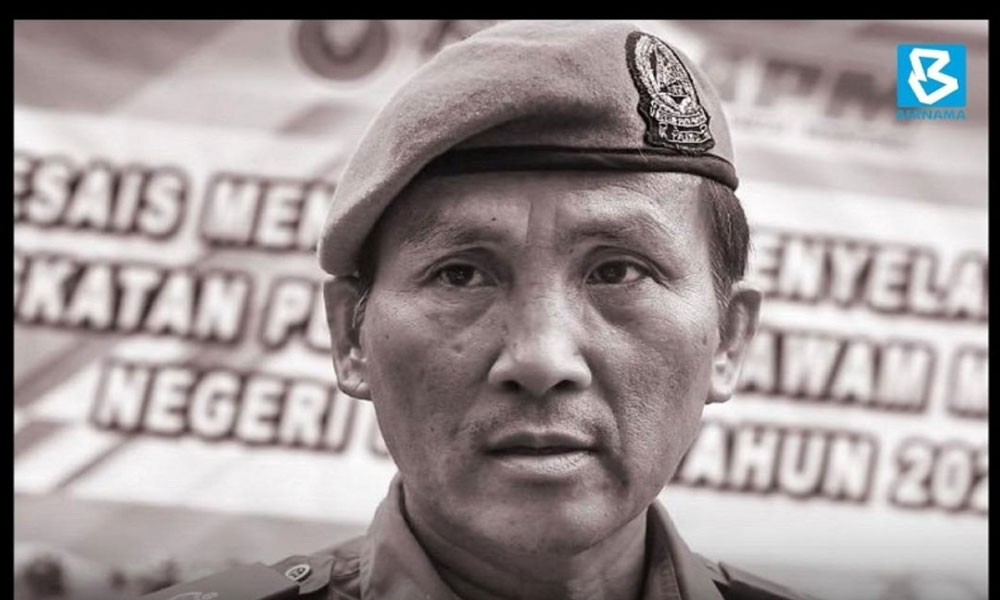
Mount Everest is a wildest dream mountain for many mountaineers. Many go through years of training and prior climbing experiences just to climb to the summit of this peak. The reason is simple; Mount Everest is the tallest peak in the world, with long days to climb along with an elevation of 8,849 meters above sea level. And most climbers take it as a pride moment when they successfully climb this peak. It is the same reason to put their name on the list of successful Everest climbers. However, climbing Mount Everest has a price. Extreme weather and climate conditions, high altitude, and uneven and sloppy routes are some risks climbers should deal with.
We are presenting the facts of the risks and challenges in Everest because this year, twelve mountaineers have already lost their lives on the verge of climbing this mighty peak. And in May alone, nine climbers died, a significant uprise in the fatality rate. While Nepal Government and Nepal Mountaineering Association have issued 478 climbing permits to Everest this Spring, the rate of death record has also increased. Ag Askandar Bin Ampuan Yaacub is the ninth man to die on Everest this year. Here’s his story:
Malaysian Police Ag Askandar Bin Ampuan Yaacub’s Tragic Demise
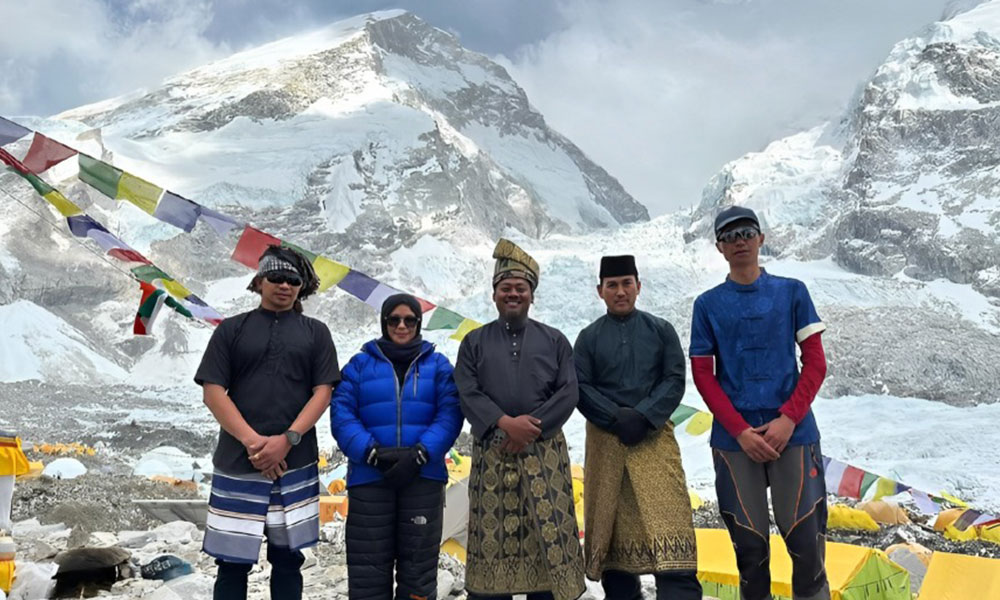
It was May 20 when the Malaysian Police Ag Askandar Bin Ampuan Yaacub initiated his climb to the summit of Everest from the base camp. The climbers’ cause of death is high altitude and altitude sickness, sources claimed. The local sources mentioned that Yaacub fell ill and could not continue his expedition after he reached South Summit. He required emergency support from the crews and Sherpas as his situation worsened. The director of Pioneer Adventure, Nivesh Karki, first opened up about the tragic demise of the Malaysian Police and climber Ag Askandar Bin Ampuan Yaacub on May 20.
As Yaacub required immediate medical support, the rescue team started the process of bringing him down to the balcony region of Everest. However, before reaching Camp IV, Yaacub was pronounced dead. As of May 19, it was reported that his dead body lay in the South Col. region, and the rescue team was working hard to bring him down to the base camp.
How Does Altitude Affect Everest Expeditions?
While Everest has a towering height of 8,849 meters above sea level, it has several fatalities. It is a proven fact that altitude has a great impact on mountaineering. As climbers reach high altitudes, they are prone to fatalities like altitude sickness, difficulty breathing, freezing temperatures, and frostbite.
Upon starting the climb from Everest Base Camp, climbers first reach Camp I, which might not be strenuous compared to Camp II, Camp III, and Camp IV. However, as they reach the other camps, they are likelier to get caught by altitude sickness, sharp winds, thin air with low oxygen levels, and more. At 8000 meters above sea level, there lies a ‘Death Zone,’ which is one of the scariest regions on Mount Everest. As the altitude rises, the probability of falling, getting frost bite due to extreme temperatures, and difficulty breathing can become very severe. That’s why preparations with physical needs, gear and equipment, and medical safety should always be prioritized. Carrying oxygen supplements and medical help should always be emphasized while embarking on Everest Expedition.
Everest-missing
An Indian Singaporean climber went missing near the South Summit on Everest.
Shrinivas Sainis Dattatraya went missing from 8,500m. However, a Sherpa guide who was with Sainis, has arrived at Camp IV at around 8 pm, local time.Sainis was with Seven Summit Treks.
— k2 (@KrisAnnapurna) May 19, 2023
Expand your understanding of Everest Difficulty: How Hard Is It To Climb Mount Everest?
Some insightful articles:
